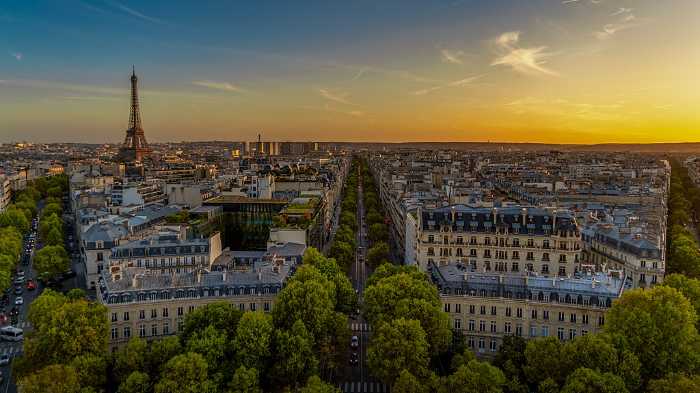
Paris
FranceParis is more than a destination—it is a feeling, a rhythm, a mosaic of art, romance, and reinvention. Nestled along the banks of the River Seine, the capital of France has seduced travelers, artists, and dreamers for centuries. From the glittering iron lacework of the Eiffel Tower to the cobbled charm of Montmartre, every street corner tells a story, every building seems to hold a secret, and every café invites you to linger just a little longer. Founded in the 3rd century BCE by a Celtic tribe called the Parisii, the city has grown through empire, revolution, and renaissance into one of the most iconic and visited places on Earth. Often called "La Ville Lumière"—The City of Light—Paris earned its nickname not only because it was one of the first cities to adopt gas street lighting, but also because it has long been a beacon of culture, science, and enlightenment. It is a place where ideas flourish and beauty is taken seriously, sometimes even considered a civic duty. Paris is a masterpiece of urban planning. In the 19th century, Baron Haussmann’s wide boulevards, manicured parks, and uniform cream-colored façades transformed the medieval city into a model of modern elegance. Today, these grand avenues lead to some of the world’s most treasured landmarks: the Arc de Triomphe, the Notre-Dame Cathedral, and the Louvre—home to the Mona Lisa, who gazes out from behind bulletproof glass with timeless mystery. Despite its grandeur, Paris is also a city of intimate pleasures. You can spend hours in a tiny bookshop along the Left Bank, browse open-air markets for artisan cheese, or sip espresso at a sidewalk café where Hemingway once wrote. The scent of fresh baguettes drifts from boulangeries each morning, while in the evening, the warm glow of wine bars fills the air with conversation. Time moves differently in Paris—unhurried, indulgent, and rich with nuance. Art and fashion pulse through the city’s veins. The Musée d'Orsay, housed in a former railway station, boasts the world's most extensive collection of Impressionist works. Just across the river, the Centre Pompidou challenges visitors with bold, modern design. Paris is also the cradle of haute couture, where names like Chanel, Dior, and Saint Laurent set the rhythm of global style. Twice a year, Paris Fashion Week turns the city into a glittering runway, attracting icons from every corner of the world. Beyond its beauty, Paris has long been a stage for revolution and reform. The storming of the Bastille in 1789 sparked the French Revolution and echoed across the globe. In the 20th century, existentialist philosophers like Sartre and de Beauvoir debated freedom and meaning in Saint-Germain cafés, while students in 1968 nearly shook the republic to its core. Through upheaval and rebirth, Paris has remained a city that thinks deeply and acts boldly. The French capital is also green in spirit, with sprawling parks like the Luxembourg Gardens and the Bois de Vincennes offering refuge from the urban hum. The city has committed itself to sustainability, with a growing network of bike paths and car-free zones, and the Seine’s embankments now welcome pedestrians, sunbathers, and skaters where once only traffic reigned. Above all, Paris enchants through its paradoxes. It is both ancient and forward-looking, refined yet rebellious, endlessly visited yet always personal. Whether you come for the Louvre or the Ladurée macarons, the Eiffel Tower or a kiss at the Pont des Arts, Paris opens itself to those willing to wander without a map, to savor without schedule, and to fall under the soft, golden spell of its endless charm.
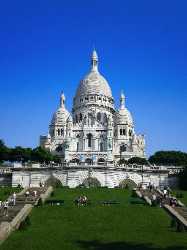 Sacre-Cœur Basilica
Basilica
Sacre-Cœur Basilica
Basilica
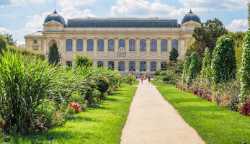 Jardin des Plantes
Botanical Garden
Jardin des Plantes
Botanical Garden
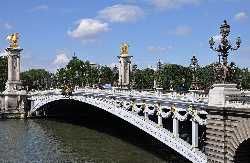 Pont Alexandre III
Bridge
Pont Alexandre III
Bridge
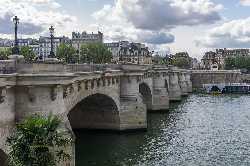 Pont Neuf
Bridge
Pont Neuf
Bridge
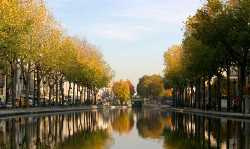 Canal Saint-Martin
Canal
Canal Saint-Martin
Canal
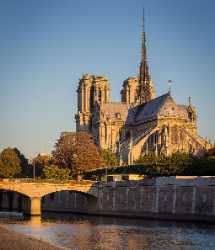 Notre Dame Cathedral
Cathedral
Notre Dame Cathedral
Cathedral
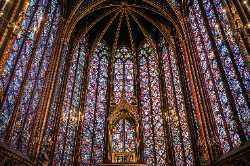 Sainte-Chapelle
Chapel
Sainte-Chapelle
Chapel
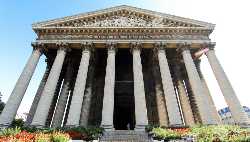 La Madeleine Church
Church
La Madeleine Church
Church
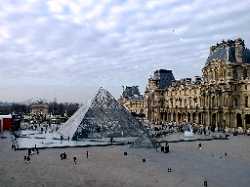 Louvre Pyramid
Cultural landmark
Louvre Pyramid
Cultural landmark
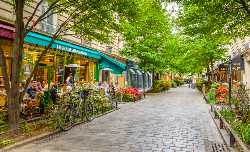 Le Marais district
District
Le Marais district
District
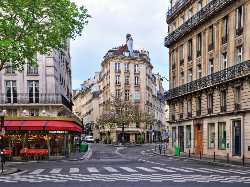 Saint-Germain-des-Pré
District
Saint-Germain-des-Pré
District
 Latin Quarter
District
Latin Quarter
District
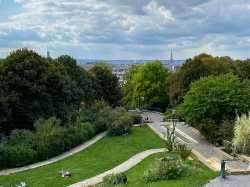 Belleville
District
Belleville
District
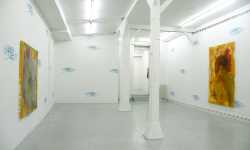 Galerie Richard
Gallery
Galerie Richard
Gallery
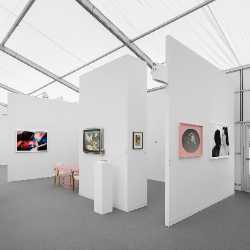 Galerie Sultana
Gallery
Galerie Sultana
Gallery
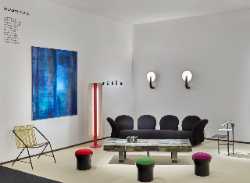 Galerie Jousse Entreprise
Gallery
Galerie Jousse Entreprise
Gallery
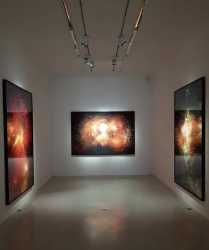 Galerie Emmanuel Perrotin
Gallery
Galerie Emmanuel Perrotin
Gallery
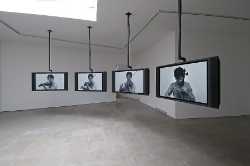 Marian Goodman Gallery
Gallery
Marian Goodman Gallery
Gallery
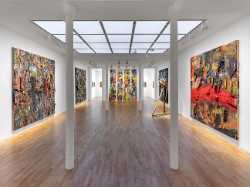 Galerie Kamel Mennour
Gallery
Galerie Kamel Mennour
Gallery
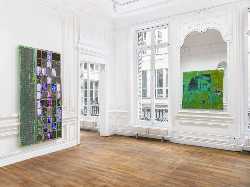 Galerie Chantal Crousel
Gallery
Galerie Chantal Crousel
Gallery
 Galerie Thaddaeus Ropac
Gallery
Galerie Thaddaeus Ropac
Gallery
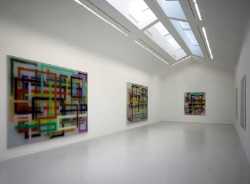 Galerie Perrotin
Gallery
Galerie Perrotin
Gallery
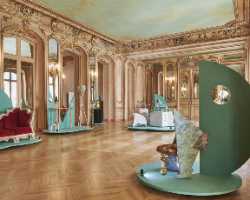 Mouvements Modernes
Gallery
Mouvements Modernes
Gallery
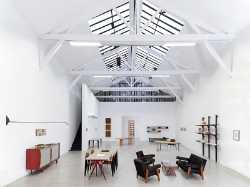 Galerie Patrick Seguin
Gallery
Galerie Patrick Seguin
Gallery
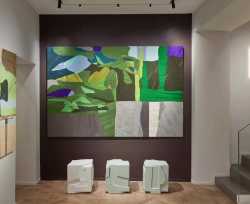 Galerie BSL
Gallery
Galerie BSL
Gallery
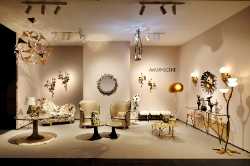 Avant-Scène
Gallery
Avant-Scène
Gallery
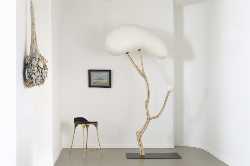 Galerie Gosserez
Gallery
Galerie Gosserez
Gallery
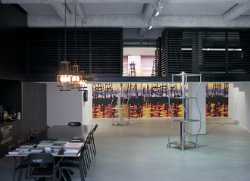 Galerie Suzanne Tarasiève
Gallery
Galerie Suzanne Tarasiève
Gallery
 Galerie Jacques Lacoste
Gallery
Galerie Jacques Lacoste
Gallery
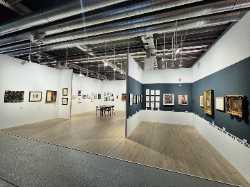 Galerie 1900-2000
Gallery
Galerie 1900-2000
Gallery
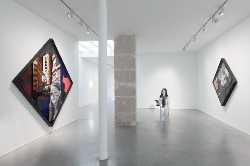 Galerie Art : Concept
Gallery
Galerie Art : Concept
Gallery
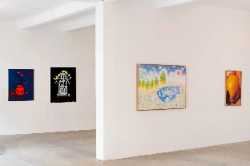 Galerie Laurent Godin
Gallery
Galerie Laurent Godin
Gallery
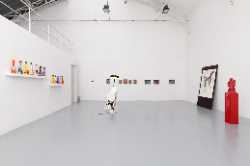 Galerie Hussenot
Gallery
Galerie Hussenot
Gallery
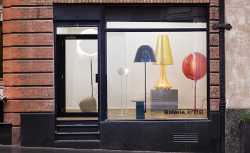 Galerie Kreo
Gallery
Galerie Kreo
Gallery
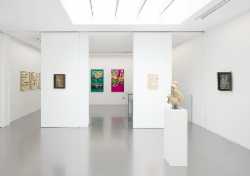 Galerie Hervé Loevenbruck
Gallery
Galerie Hervé Loevenbruck
Gallery
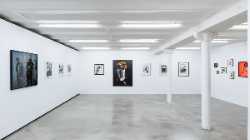 Galerie Magnin-A
Gallery
Galerie Magnin-A
Gallery
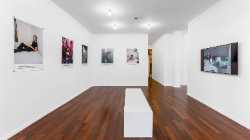 Galerie mfc-Michèle Didier
Gallery
Galerie mfc-Michèle Didier
Gallery
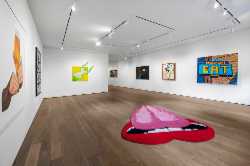 Galerie Georges-Philippe & Nathalie Vallois
Gallery
Galerie Georges-Philippe & Nathalie Vallois
Gallery
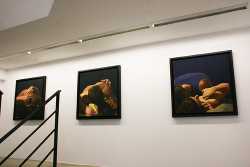 Galerie Laurent Strouk
Gallery
Galerie Laurent Strouk
Gallery
 Jardin des Tuileries
Garden
Jardin des Tuileries
Garden
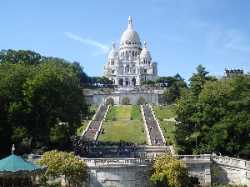 Square Louise Michel
Garden
Square Louise Michel
Garden
 Jardin Catherine Labouré
Garden
Jardin Catherine Labouré
Garden
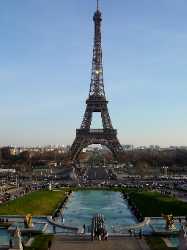 Eiffel Tower
Historical landmark
Eiffel Tower
Historical landmark
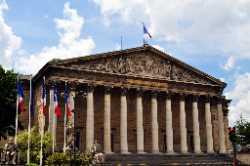 Assemblée Nationale
Historical landmark
Assemblée Nationale
Historical landmark
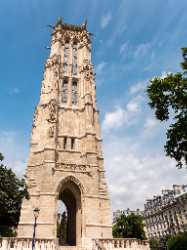 Tour Saint-Jacques
Historical landmark
Tour Saint-Jacques
Historical landmark
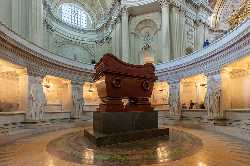 Les Invalides & Napoleon's Tomb
Historical landmark
Les Invalides & Napoleon's Tomb
Historical landmark
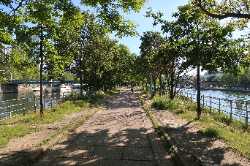 Île aux Cygnes
Island
Île aux Cygnes
Island
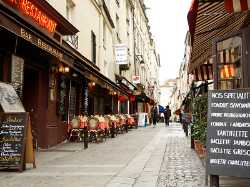 Rue Mouffetard
Market
Rue Mouffetard
Market
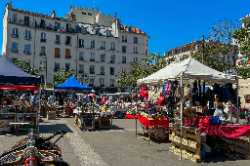 Marché d'Aligre
Market
Marché d'Aligre
Market
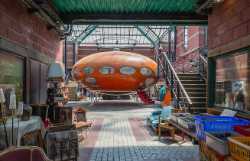 Marché aux Puces de Saint-Ouen
Market
Marché aux Puces de Saint-Ouen
Market
 Rue Montorgueil
Market
Rue Montorgueil
Market
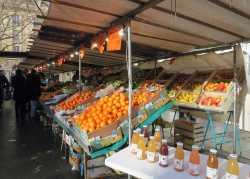 Marché Monge
Market
Marché Monge
Market
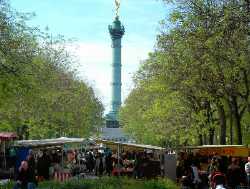 Marché Bastille
Market
Marché Bastille
Market
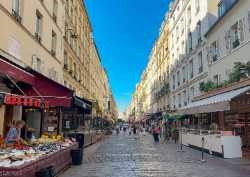 Rue Cler
Market
Rue Cler
Market
 Marché des Enfants Rouges
Market
Marché des Enfants Rouges
Market
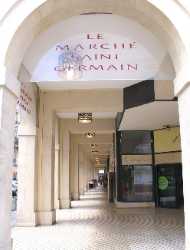 Marché Saint-Germain
Market
Marché Saint-Germain
Market
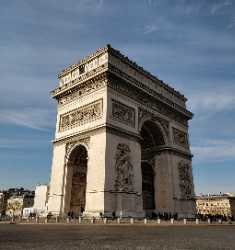 Arc de Triomphe
Monument
Arc de Triomphe
Monument
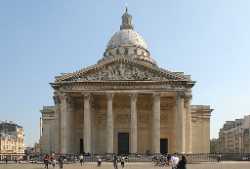 Panthéon
Monument
Panthéon
Monument
 Colonne de Juillet
Monument
Colonne de Juillet
Monument
 Montmartre
Mountain Peak
Montmartre
Mountain Peak
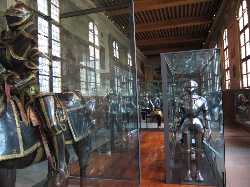 Musée de l'Armée
Musée de l'Armée
Musée de l'Armée
Musée de l'Armée
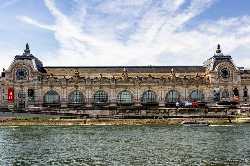 Musée d'Orsay
Museum
Musée d'Orsay
Museum
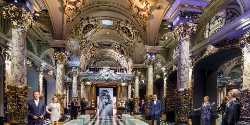 Musée Grévin
Museum
Musée Grévin
Museum
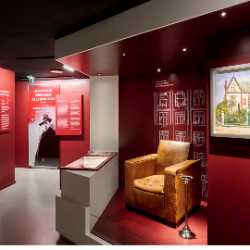 Musée de la Libération de Paris
Museum
Musée de la Libération de Paris
Museum
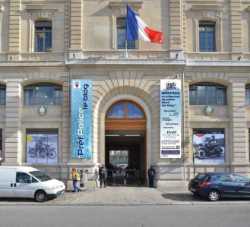 Musée de la Préfecture de Police
Museum
Musée de la Préfecture de Police
Museum
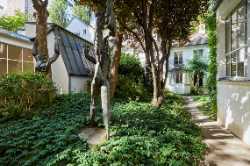 Musée Zadkine
Museum
Musée Zadkine
Museum
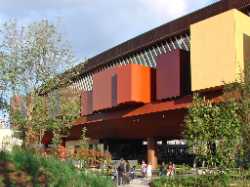 Musée du Quai Branly
Museum
Musée du Quai Branly
Museum
 Musée de l'Orangerie
Museum
Musée de l'Orangerie
Museum
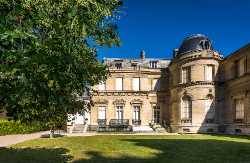 Musée Marmottan Monet
Museum
Musée Marmottan Monet
Museum
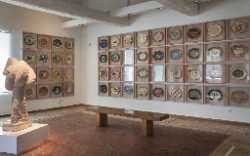 Musée Picasso
Museum
Musée Picasso
Museum
 Musée Rodin
Museum
Musée Rodin
Museum
 Centre Pompidou
Museum
Centre Pompidou
Museum
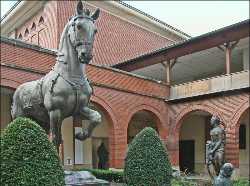 Musée Bourdelle
Museum
Musée Bourdelle
Museum
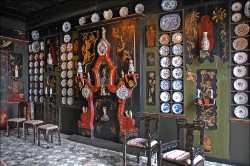 Maison de Victor Hugo
Museum
Maison de Victor Hugo
Museum
 Petit Palais
Museum
Petit Palais
Museum
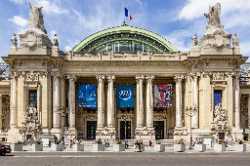 Grand Palais
Museum
Grand Palais
Museum
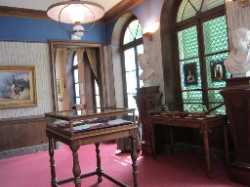 Musée de la Vie Romantique
Museum
Musée de la Vie Romantique
Museum
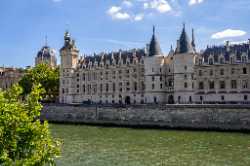 Conciergerie
Museum
Conciergerie
Museum
 Hôtel de Ville
Museum
Hôtel de Ville
Museum
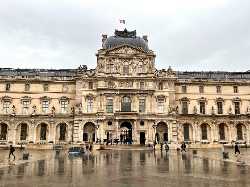 Louvre Museum
Museum
Louvre Museum
Museum
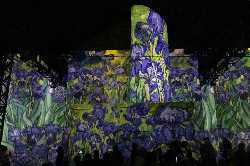 Atelier des Lumières
Museum
Atelier des Lumières
Museum
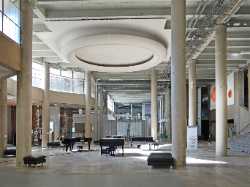 Palais de Tokyo
Museum
Palais de Tokyo
Museum
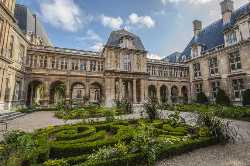 Musée Carnavalet
Museum
Musée Carnavalet
Museum
 Bourse de Commerce
Museum
Bourse de Commerce
Museum
 Musée de Cluny
Museum
Musée de Cluny
Museum
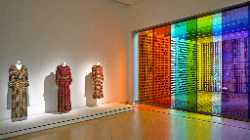 Musée Yves Saint Laurent Paris
Museum
Musée Yves Saint Laurent Paris
Museum
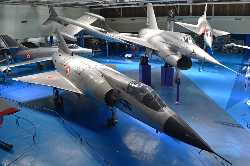 Musée de l'Air et de l'Espace
Museum
Musée de l'Air et de l'Espace
Museum
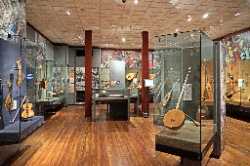 Musée de la Musique
Museum
Musée de la Musique
Museum
 Musée de la Poste
Museum
Musée de la Poste
Museum
 Musée des Arts et Métiers
Museum
Musée des Arts et Métiers
Museum
 Cité des Sciences et de l'Industrie
Museum
Cité des Sciences et de l'Industrie
Museum
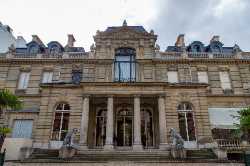 Musée Jacquemart-André
Museum
Musée Jacquemart-André
Museum
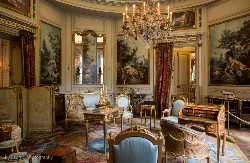 Musée Nissim de Camondo
Museum
Musée Nissim de Camondo
Museum
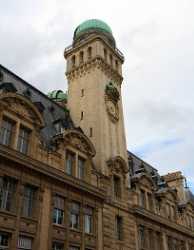 Astronomy Tower of the Sorbonne
Observatory
Astronomy Tower of the Sorbonne
Observatory
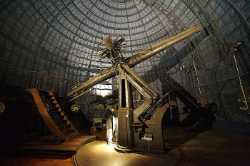 Paris Observatory
Observatory
Paris Observatory
Observatory
 Palais Garnier
Opera House
Palais Garnier
Opera House
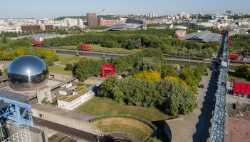 Parc de la Villette
Park
Parc de la Villette
Park
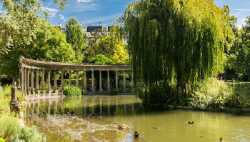 Parc Monceau
Park
Parc Monceau
Park
 Promenade Plantée
Park
Promenade Plantée
Park
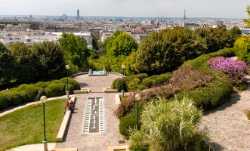 Parc de Belleville
Park
Parc de Belleville
Park
 Place des Vosges
Park
Place des Vosges
Park
 Square du Vert-Galant
Park
Square du Vert-Galant
Park
 Jardin du Palais Royal
Park
Jardin du Palais Royal
Park
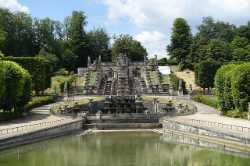 Parc de Saint-Cloud
Park
Parc de Saint-Cloud
Park
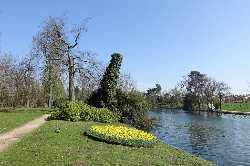 Bois de Boulogne
Park
Bois de Boulogne
Park
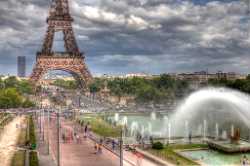 Trocadéro Gardens & Fountain
Park
Trocadéro Gardens & Fountain
Park
 Bois de Vincennes
Park
Bois de Vincennes
Park
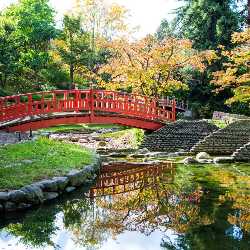 Jardin Albert Kahn
Park
Jardin Albert Kahn
Park
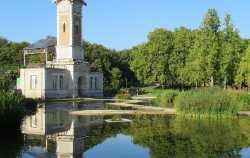 Parc Georges Brassens
Park
Parc Georges Brassens
Park
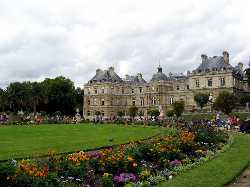 Jardin du Luxembourg
Park
Jardin du Luxembourg
Park
 Parc André Citroën
Park
Parc André Citroën
Park
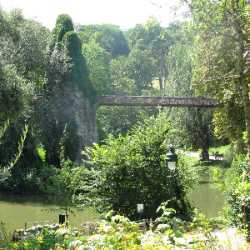 Parc des Buttes-Chaumont
Park
Parc des Buttes-Chaumont
Park
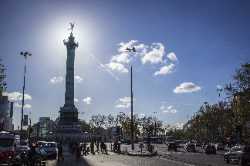 Place de la Bastille
Square
Place de la Bastille
Square
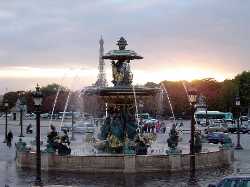 Place de la Concorde
Square
Place de la Concorde
Square
 Moulin Rouge
Theatre
Moulin Rouge
Theatre
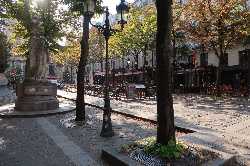 Sorbonne
Tourist attractions
Sorbonne
Tourist attractions